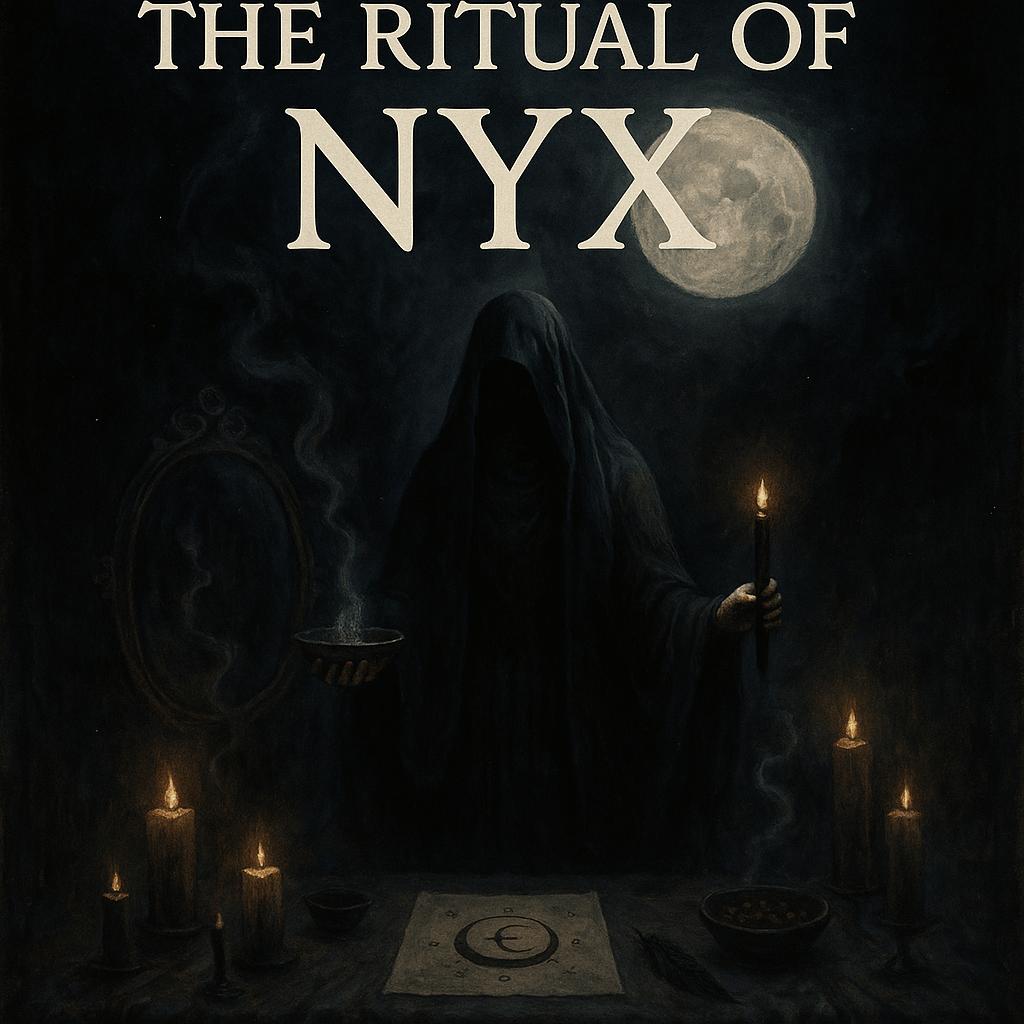Your cart is currently empty!

Piercing the Veil: An Introduction to Crystal Ball Gazing
The art of crystal ball gazing, also known as scrying, is an ancient form of divination that has fascinated mystics and seekers for centuries. This practice involves gazing into a crystal ball to receive insights, visions, and guidance from the spiritual realm. Whether you’re a seasoned practitioner or a curious beginner, this guide will help you embark on your journey into the mesmerizing world of crystal ball gazing.
What is Crystal Ball Gazing?
Crystal ball gazing is a form of scrying, where one uses a reflective surface to see images or symbols that provide guidance or reveal hidden truths. The crystal ball acts as a focal point, helping the scryer enter a meditative state and connect with their intuition or higher consciousness.
Historical Beginnings
The history of crystal ball gazing dates back to ancient civilizations where reflective surfaces were used for divination.
Ancient Egypt
In Ancient Egypt, pools of water, polished stones, or obsidian mirrors were used by seers to communicate with the gods. Priests and priestesses would gaze into these reflective surfaces, seeking divine messages or insights into future events.
Ancient Greece
The Greeks also practiced scrying. The Oracle of Delphi, one of the most famous oracles in history, used reflective surfaces to gain insight and provide guidance to seekers. Ancient Greek texts reference the use of water, mirrors, and other reflective surfaces for divination.
Medieval Europe
During the Middle Ages, crystal ball gazing gained prominence in Europe. Alchemists and magicians used crystal spheres to commune with angels and spirits, seeking both practical advice and esoteric wisdom. One of the most famous crystal gazers from this period was Dr. John Dee, an advisor to Queen Elizabeth I, who used a scrying mirror to communicate with angelic beings. Dr. Dee’s black obsidian mirror, believed to have been obtained from Mexico, remains one of the most iconic artifacts of this era.
Choosing Your Crystal Ball
Selecting the right crystal ball is a very personal and highly intuitive process that will change from person to person. Here are some tips to help you choose:
- Material: Crystal balls can be made from various materials, including clear quartz, amethyst, and obsidian. Each type has its own unique properties. For example, clear quartz is known for its clarity and amplification of energy, making it a popular choice for beginners. Amethyst is said to enhance spiritual awareness and psychic abilities, while obsidian provides grounding and protection.
- Size: The size of the crystal ball can vary. Smaller balls are portable and easy to handle, while larger ones provide a broader surface for gazing. Choose a size that feels comfortable for you.
- Quality: Look for a crystal ball that is free from major inclusions or cracks, as these can distract from your scrying. However, minor imperfections can add character and do not necessarily hinder the process.
Preparing for a Crystal Ball Gazing Session
- Cleanse Your Crystal Ball: Before using your crystal ball, cleanse it to remove any residual energies. You can do this by placing it under running water, smudging it with sage, or leaving it in moonlight overnight.
- Create a Sacred Space: Find a quiet, dimly lit space where you won’t be disturbed. Light candles or incense to create a calming atmosphere. This helps to set the mood and focus your mind.
- Ground and Center Yourself: Take a few moments to ground and center yourself. Close your eyes, take deep breaths, and visualize roots extending from your feet into the earth. This helps to stabilize your energy and prepare you for the session.
The Art of Crystal Ball Gazing
- Relax and Focus: Sit comfortably with your crystal ball in front of you. Relax your body and take a few deep breaths as you center and settle yourself in. Gaze softly into the ball, allowing your eyes to unfocus slightly. Do not strain or try to force images to appear. This will become easier with time and practice.
- Enter a Meditative State: As you gaze, let your mind enter a relaxed, meditative state. Allow thoughts to drift away and to focus on the crystal ball. You may begin to perceive shapes, colors, or images forming within the ball. Trust your intuition and let the visions come naturally. Again, do not strain or try to force images to appear. This too will become easier with time and practice.
- Interpret the Visions: The images you see in the crystal ball can be symbolic or literal. It a common practice to keep a journal of each session and the things seen, felt, or even heard allowing for easier recall later during interpretation. Trust your intuition to interpret their meanings. Keep a journal to record your experiences and any insights you gain during your sessions.
Historical Examples of Crystal Ball Gazing
While the practice has undeniably been around for centuries, there are a few people and some practices that are note-worthy and I’ve listed a few examples here. For your academic curiosity, I present the following:
- Michel de Nostredame, (AKA: Nostradamus). Likely the most famous seer in history. Born in 1503, Nostradamus used various divination tools, including a bowl of water known as a “scrying bowl,” to receive his prophetic visions. His quatrains, or poetic predictions, have fascinated and puzzled scholars and enthusiasts for centuries. Nostradamus’s practice of scrying contributed to his reputation as a mystic and prophet.
- Catherine de’ Medici (Queen of 16th-century France). Was known for her interest in the occult and divination. She employed several astrologers and seers, including Nostradamus. Catherine de’ Medici used a crystal ball and other scrying methods to seek guidance on matters of state and personal affairs. Her involvement with crystal ball gazing and other mystical practices added to her enigmatic and powerful image.
- Oracle of Delphi (Ancient Greece): The Oracle of Delphi was one of the most famous and respected institutions in ancient Greece. The priestess, known as the Pythia, would inhale intoxicating vapors and gaze into a crystal ball to provide prophetic advice to seekers(1). Her guidance influenced major decisions, including those related to wars, politics, and personal matters(1).
- John Dee and Edward Kelley (16th Century): John Dee, an advisor to Queen Elizabeth I, and his associate Edward Kelley used crystal ball gazing to communicate with spiritual entities and gain esoteric knowledge(2) . Their work contributed to the development of Enochian magic and influenced later occult practices.
- Druidic Practices (Ancient Britain): The Druids of ancient Britain used crystal balls and other reflective surfaces for divination and to see into the future(3). Their practices were integral to their spiritual and cultural life, helping them make important decisions and maintain harmony within their communities.
While the previous examples are of a more positive nature history has shown us, repeatedly I might add, that fear, greed, and corruption often lead to serious damage and death if left unchecked. Some examples of those situations include:
- Witch Trials (Early Modern Europe): During the witch trials in early modern Europe, crystal ball gazing was often associated with witchcraft and heresy(4). Many people, particularly women, were accused of using crystal balls to communicate with the devil and were persecuted, leading to widespread fear and injustice.
- Misuse by Fraudulent Practitioners: Throughout history, there have been numerous individuals who have exploited the art of crystal ball gazing for personal gain, deceiving people and taking advantage of their vulnerabilities, often to the ruin of the victim. These fraudulent practitioners tarnished the practice’s reputation and led to skepticism and distrust.
- Catholic Church Condemnation: The Catholic Church condemned crystal ball gazing and other forms of divination, considering them to be forbidden practices(5). This led to the persecution of those who engaged in these practices and hindered the development of mystical traditions in regions under the Church’s influence.
Hopefully, these examples will have helped to illustrate the complex and varied impact the art of crystal ball gazing has had on society, ranging from revered spiritual guidance to persecution, exploitation, and even death.
Tips for Successful Crystal Ball Gazing
- Practice Regularly: Like any skill, crystal ball gazing improves with practice. Set aside regular time for your sessions to build your confidence and deepen your connection with the crystal ball.
- Stay Open-Minded: You must be open to whatever comes through during your sessions; more often than not, the messages may not make be clear or sense immediately. But, with time and reflection, their meanings may become clearer.
- Seek Guidance: If you’re struggling to interpret your visions, consider seeking guidance from more experienced practitioners or using additional divination tools like tarot cards to gain further insights.
Conclusion
The art of crystal ball gazing is a powerful and mystical practice that can provide profound insights and guidance. By choosing the right crystal ball, preparing your space, and practicing regularly, you can unlock the mysteries within the crystal and connect with the spiritual realm. Embrace the journey and let the crystal ball reveal its secrets to you. To find the right piece for you, please visit: Hecate’s Pantry
Bibliography
- Pythia: The Oracle of Delphi – Details on the historical significance and practices of the Oracle of Delphi.
- John Dee and Edward Kelley: The Occult Advisors – Insights into the lives and practices of John Dee and Edward Kelley.
- Druidic Divination – Exploration of the divination practices of ancient Druids in Britain.
- Witch Trials in Early Modern Europe – Examination of the impact of witch trials on practices like crystal ball gazing.
- Church Condemnation of Divination – Discussion of the Catholic Church’s stance on divination and its effects on mystical traditions.
*These references provide historical context and are examples related to the art of crystal ball gazing.






